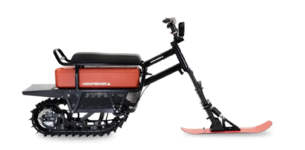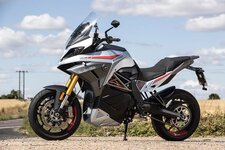Hello, I am looking for recommendations for any companies with electric bikes that would be suitable for travelling across the Arctic Sea Ice so we can pull our sledges with lower atmospheric monitoring terminals, and carry our SAR drones for Sea Ice Analysis. Whilst this is 'electric dirt riders' I'm living in the hope that enough of the wonderful people here, know of an electric bike company that could work well for our science work in the Arctic Sea Ice environment.
Thanks in advance all you awesome people
Best Wishes
Donald Banks
Arctic Sea Ice Science and Earth System Observation Monitoring SAR and Hyperspectral Small Satellites
Thanks in advance all you awesome people
Best Wishes
Donald Banks
Arctic Sea Ice Science and Earth System Observation Monitoring SAR and Hyperspectral Small Satellites



